Tom Blachford creates a cinematic dystopia from Japan’s brutalist past
In a new chapter of his series Nihon Noir, the night-crawling photographer captures the futuristic metropolises of Tokyo and Kyoto to dystopian effect
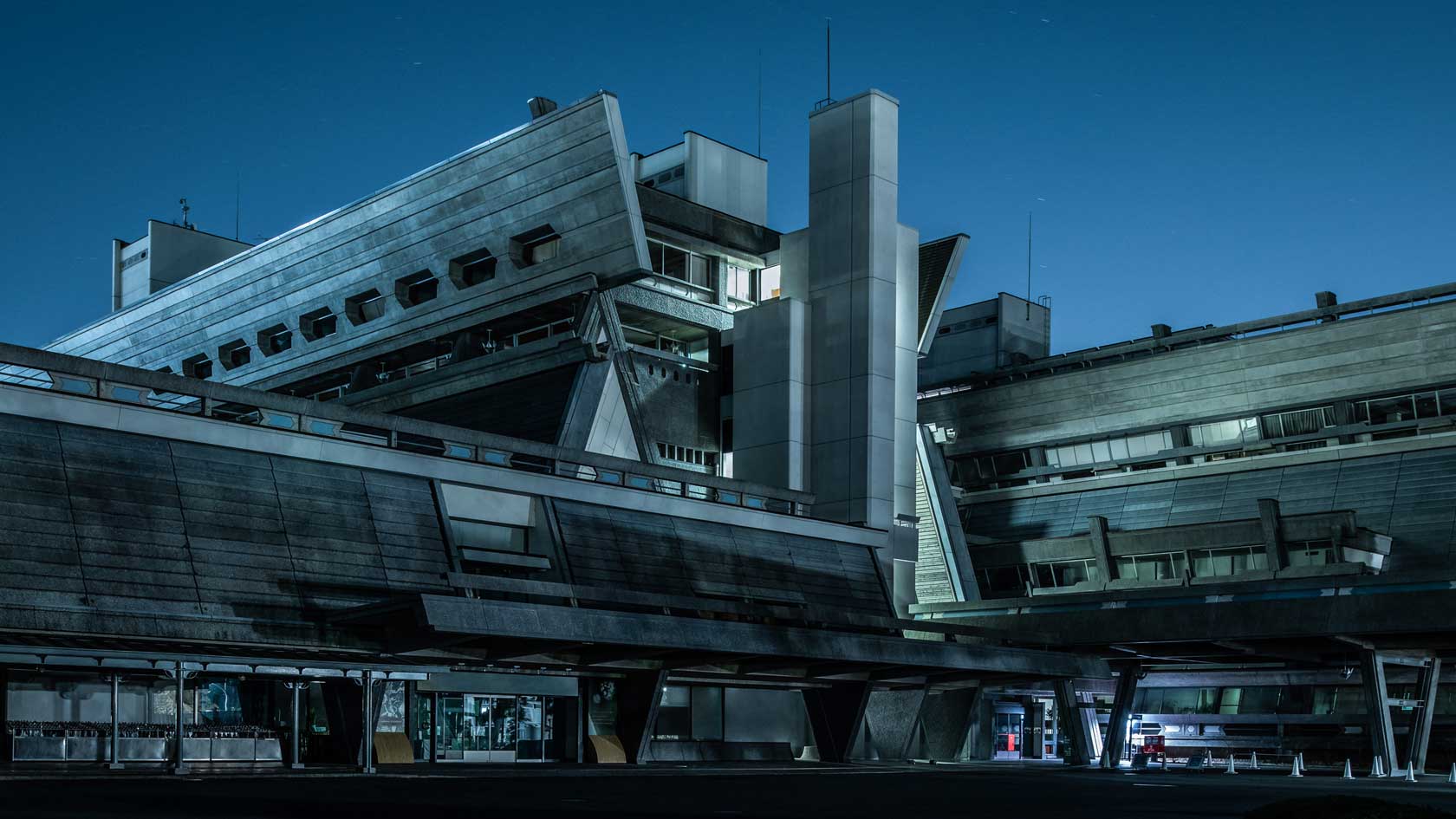
Tom Blachford - Photography
Photographers are known to take inventive, sometimes extreme steps for the right shot. But in Tom Blachford’s case, extraordinary measures are something of a calling.
The Melbourne-based photographer has a penchant for the nighttime, creating work that spins mundane urban and suburban architectural environments into something altogether beyond this world.
In 2018, Blachford’s taste for the uncanny took him to Tokyo, a city he describes as a ‘parallel future where everything is more alien than familiar.’ The resulting series, Nihon Noir was one rooted in the artist’s fascination with the city, with images that, ‘ask more questions than they could ever answer’. Its title drew on the Neo-Noir film genre, and Blachford cites Blade Runner, as well as the later work of Danish director Nicolas Winding Refn, including Drive and Only God Forgives as key influences.
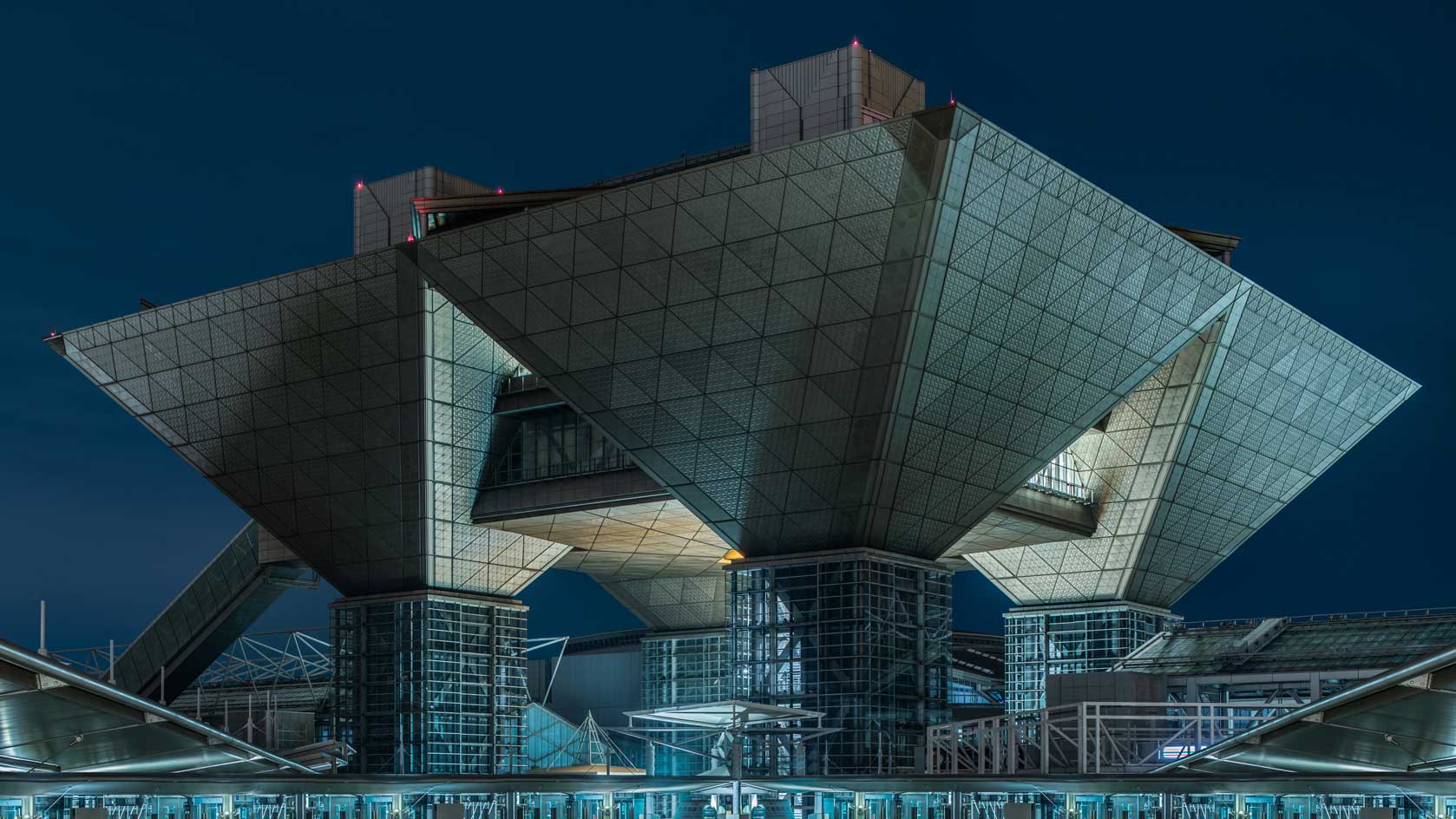

Above: Tyrell Corp Side. Building: Tokyo Big Sight, Tokyo. Architect: AXS Satow. Year: 1996. Below: Deckard's Grill
Nihon Noir began by tracing the work Japanese architect Kenzō Tange and the Metabolism movement in post-war architecture. ‘I selected a core list of buildings that embodied the Metabolist philosophy, which attempted to combine the creation of brutalist megastructures with the principles of organic growth,’ Blachford said of the project. He also took to street level, capturing urban vistas that drew on the ‘cyberpunk feeling’ of Tokyo.
Blachford harnessed only existing light sources, in this case, by the glow of Tokyo’s neon lights. Previous projects made us of similar constraints: Midnight Modern (Palm Springs) was illuminated by moonlight and Noct Angeles (Los Angeles) by the harsh artificiality of street lamps.
RELATED STORY
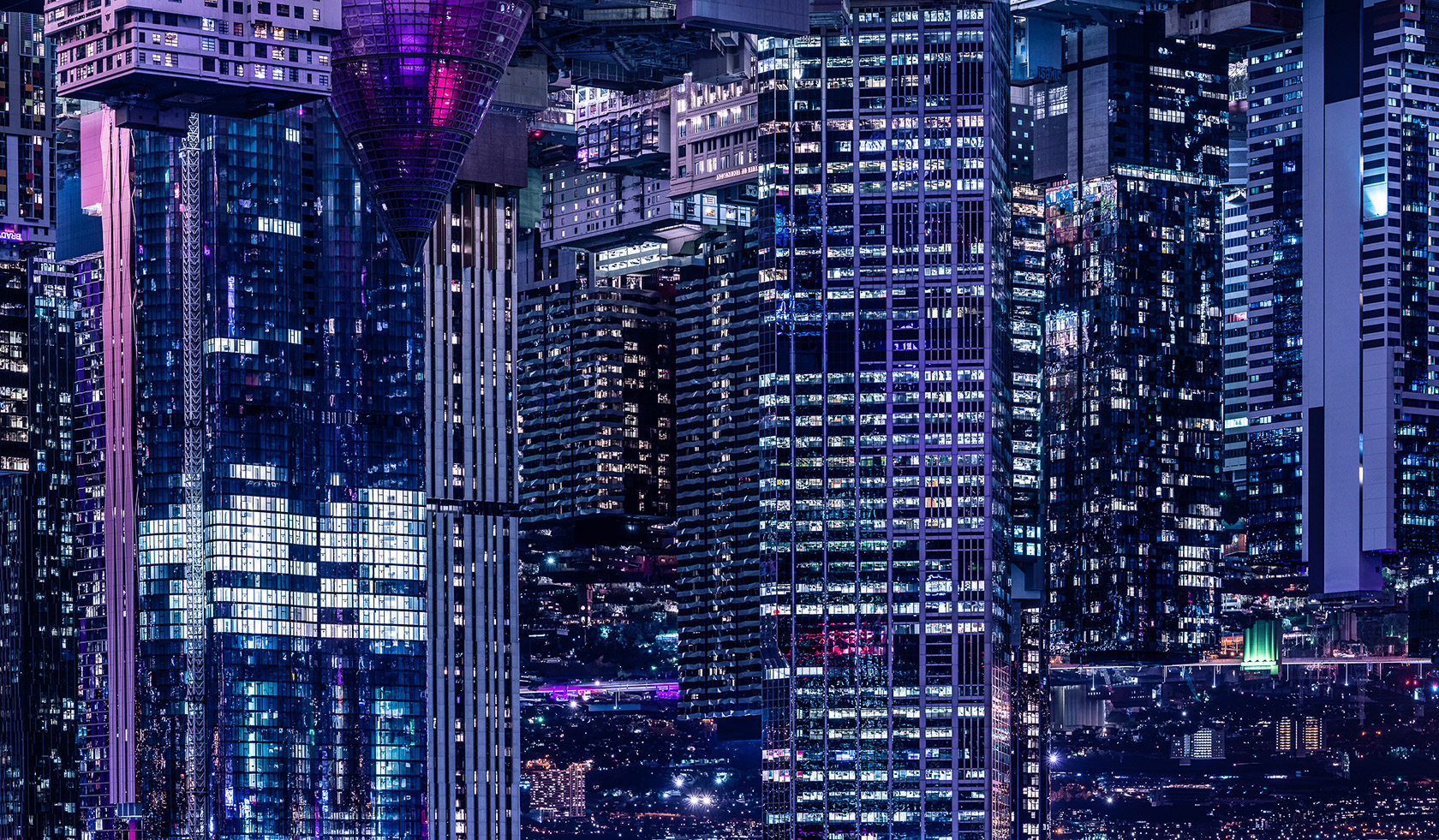
In a new chapter, Nihon Noir 2099, Blachford has widened his lens to locales and architectural landmarks in Kyoto. Eerily devoid of human activity, the series surveys modernist, Metabolist and postmodernist architecture, including the likes of Kengo Kuma’s M2 building – supposedly one of the Pritzker Prize-winner’s greatest regrets, the angular Kyoto International Conference Center, Tokyo Big Sight and the TIT Centennial Hall.
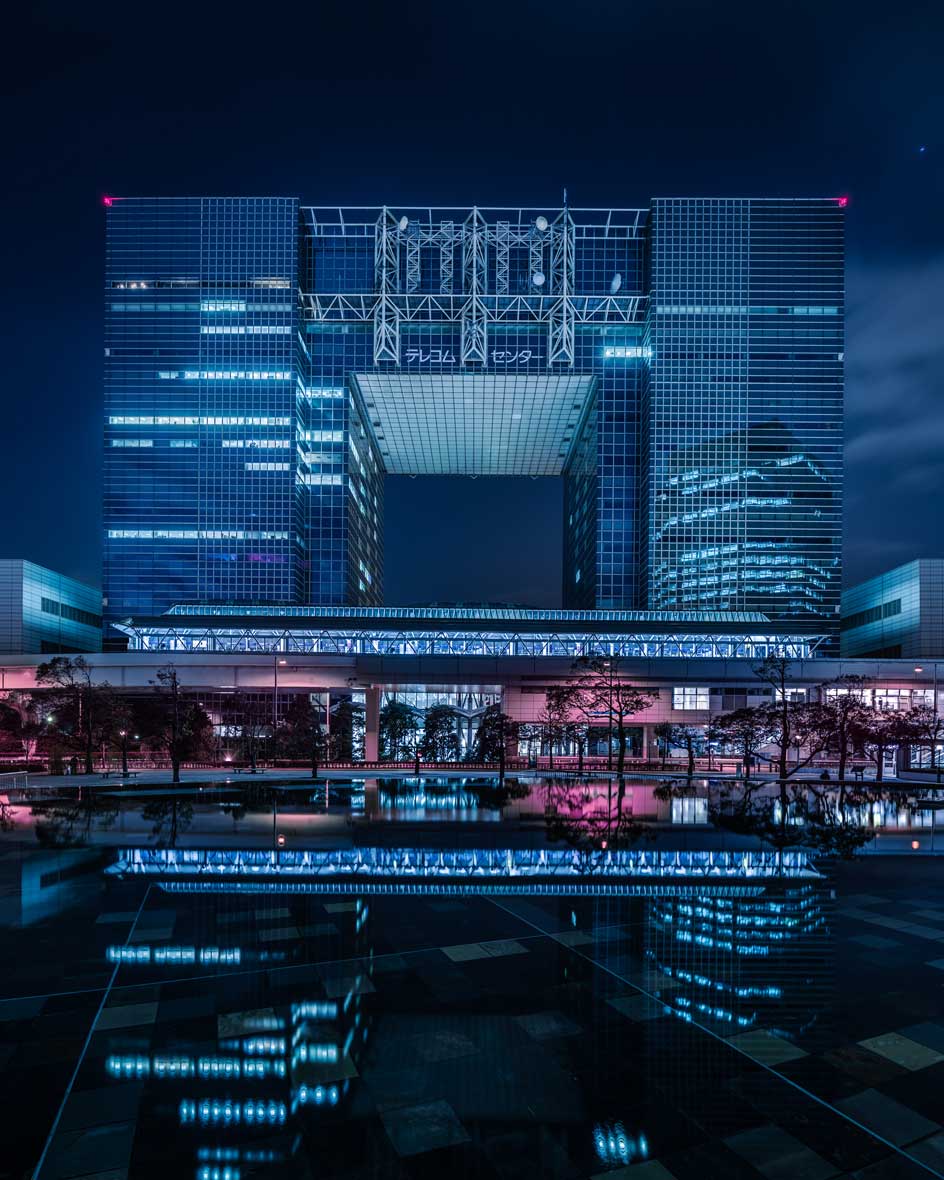
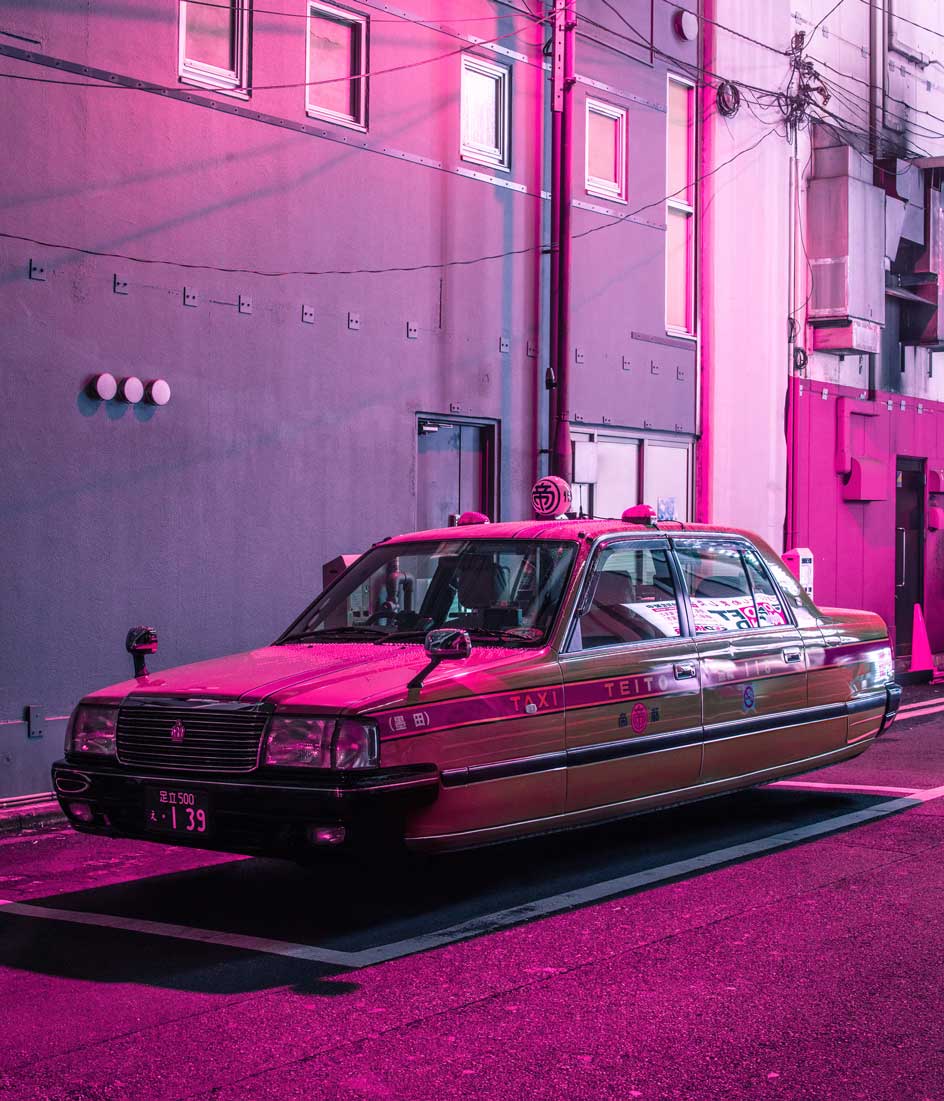
Above: Telecom Centre. Building: Telecom Center Station, Tokyo. Year: 1995. Below: Bruce and Milla
Forever seeking the ‘impossible perspective’, the night-crawling artist’s hunt for unorthodox vantage points are stories in themselves. In the first iteration of the series, Blachford took to rooftops, stairwells and even commandeered a road worker's crane lift to capture the Nakagin Capsule Tower. For Nihon Noir 2099, Blachford recalls how the staff of a late-night restaurant took a window off the hinges before he realised the rooftop would secure the perfect angle of the Edo-Tokyo Museum.
Blachford’s vivid and often foreboding scenes are drenched in a hyper-saturated, high contrast colour palette of pinks, blues and purples, and make use of a cinematic 16:9 crop, a departure from the first chapter. All shot between 10 pm and 4 am, his subjects exist in suspension: simultaneously in the past, present and future.
Though shot in early 2019, the series holds new resonance, in a time when empty streets are not dystopian fantasy, but reality. Nihon Noir 2099 feels like a poignant, and cinematic record of our post-pandemic era: desolate metropolises tinged with surrealism and bleakness, with a potent dose of intrigue.
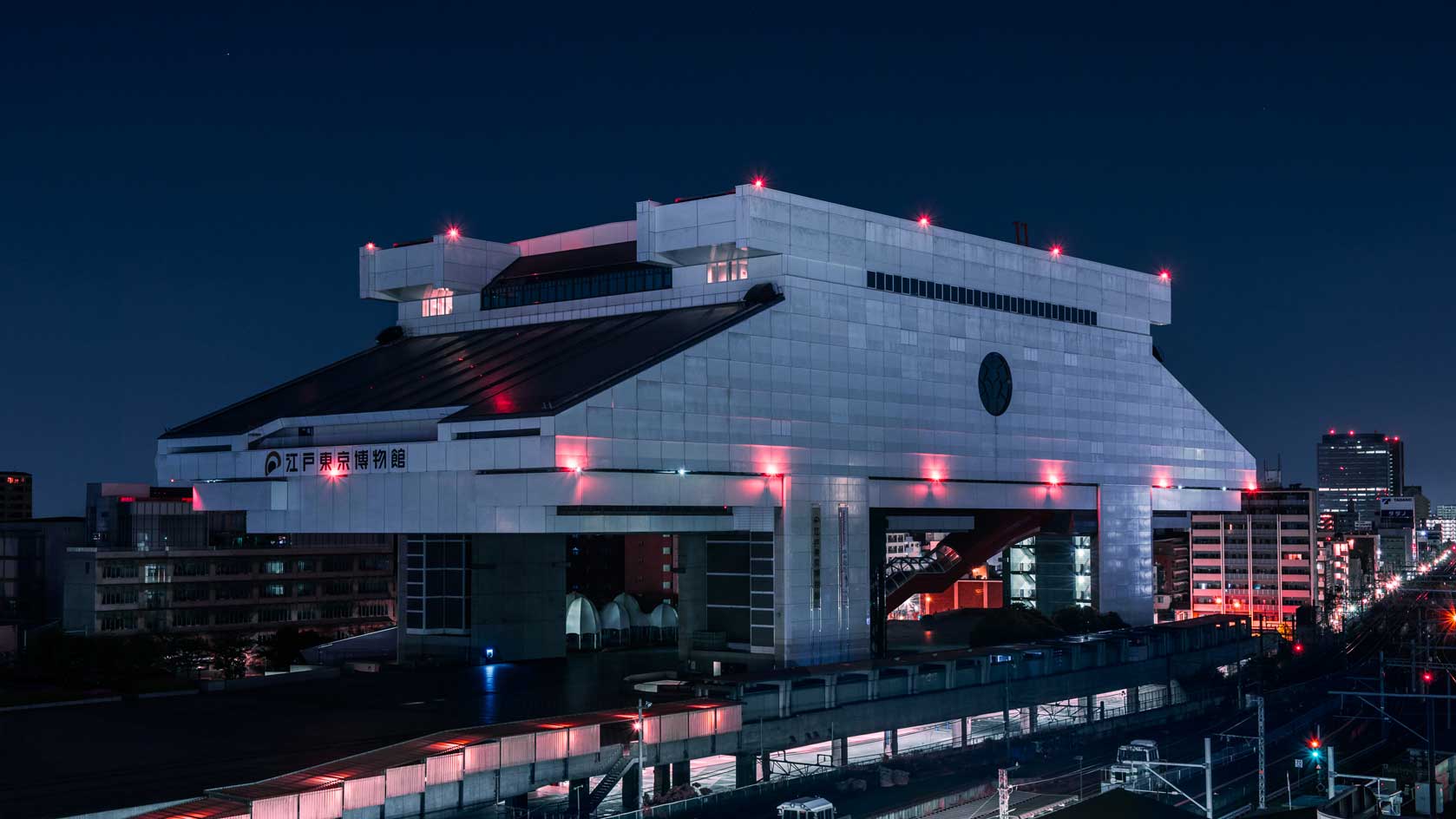
Edo Bulldog. Building: Edo-Tokyo Museum, Tokyo. Architect: Kiyonori Kikutake. Year: 1993

Aoyama Gundam. Building: Aoyama Technical College, Tokyo. Architect: Makato Sei Watanabe. Year: 1990
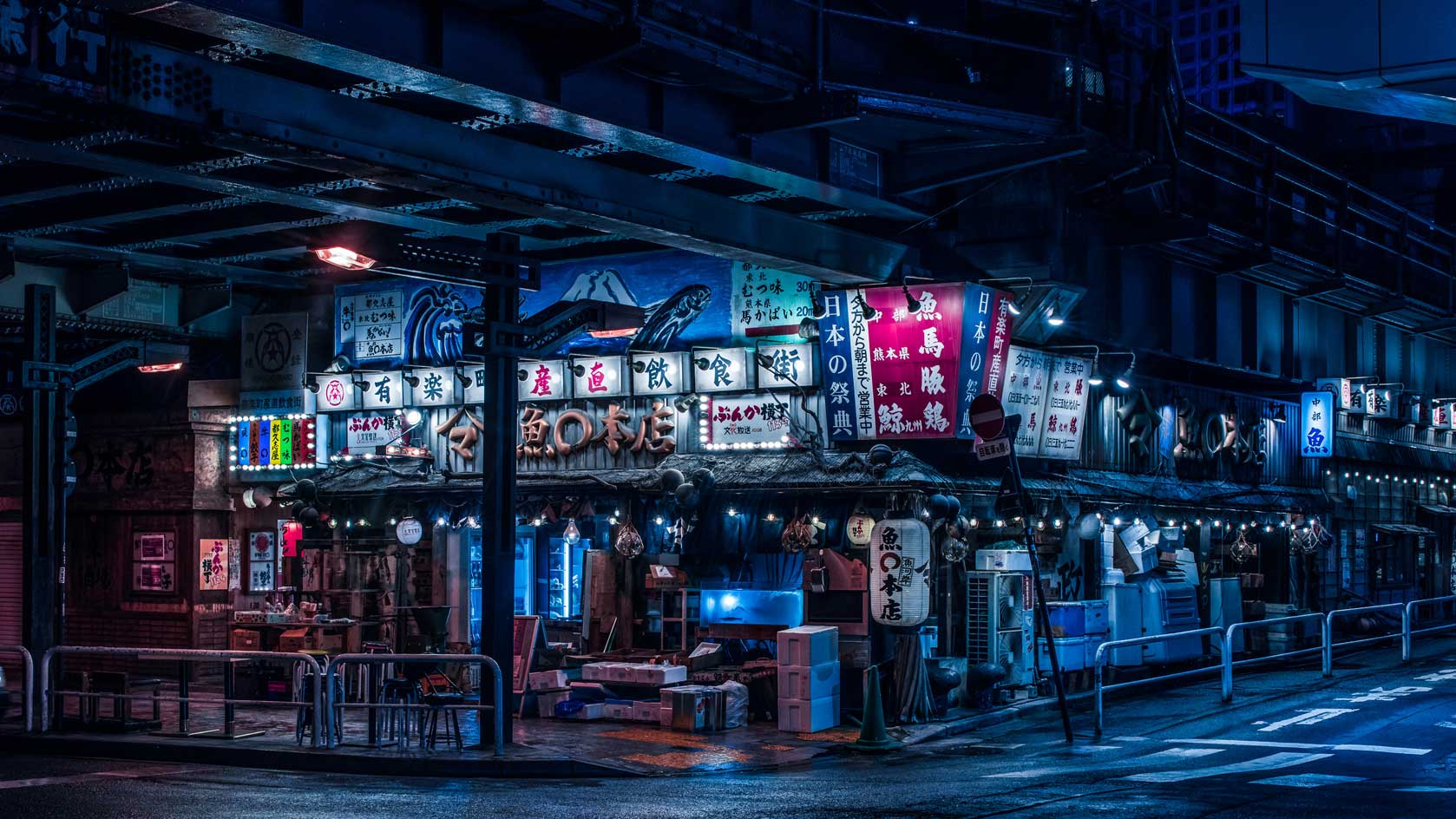
Fish Market. ’This image was generated using many separate shots showing cars and traffic moving, and then using a mathematical mean function to remove them as mathematical outliers in the scene’, says Blachford
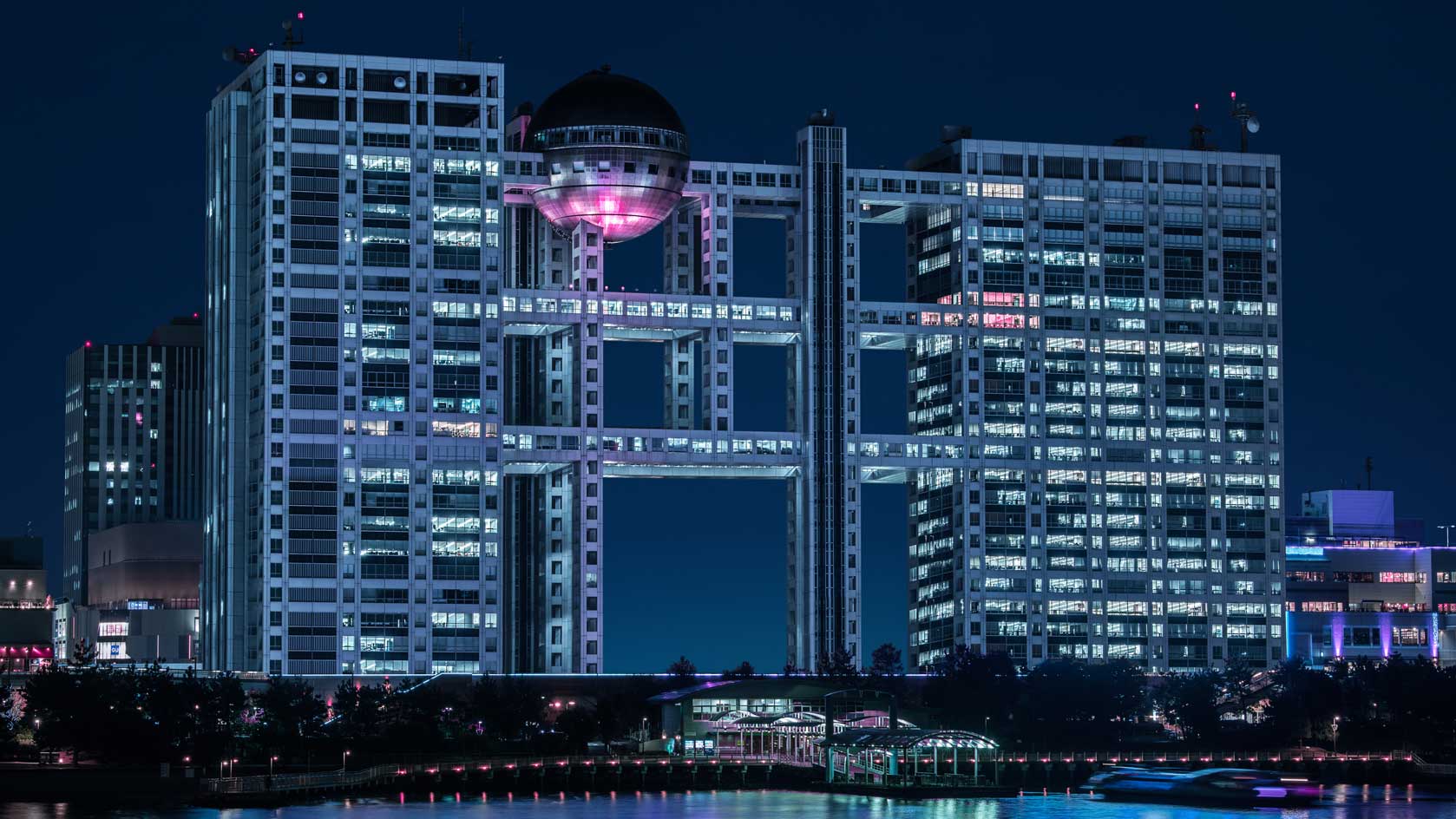
Fuji Mechano. Building: Fuji Broadcasting Center, Tokyo. Architect: Kenzō Tange. Year: 1997

Capsule Dreams. Building: Nakagin Capsule Tower, Tokyo. Architect: Kisho Kurokawa. Year: 1970.

Cycloptic Technology I. Building: TIT Centennial Hall, Tokyo. Architect: Kazuo Shinohara. Year: 1987

St Mary. Building: St Mary’s Cathedral, Tokyo. Architect: Kenzō Tange. Year: 1964

Star Base I. Building: Kyoto International Conference Center, Kyoto. Architect: Sachio Otani. Year: 1966
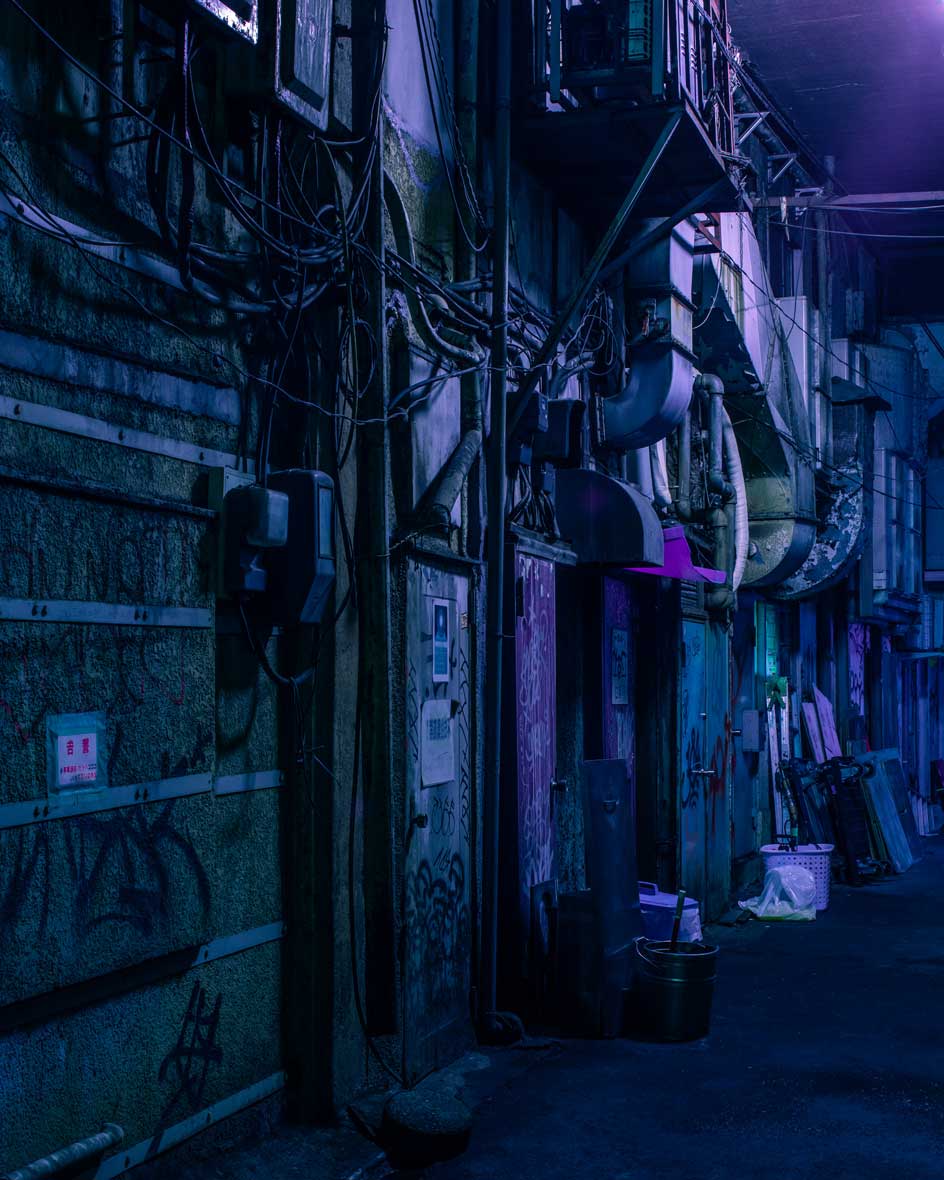
Akira’s Alley. ’This image represents the idea laid out by Blade Runner director Syd Mead that the future would look like buildings of the past but augmented with current technology – networks of pipes, cables and landing pads that would allow cities to evolve, not be built from scratch’, says Blachford
INFORMATION
Receive our daily digest of inspiration, escapism and design stories from around the world direct to your inbox.
-
 How We Host: Interior designer Heide Hendricks shows us how to throw the ultimate farmhouse fête
How We Host: Interior designer Heide Hendricks shows us how to throw the ultimate farmhouse fêteThe designer, one half of the American design firm Hendricks Churchill, delves into the art of entertaining – from pasta to playlists
-
 Arbour House is a north London home that lies low but punches high
Arbour House is a north London home that lies low but punches highArbour House by Andrei Saltykov is a low-lying Crouch End home with a striking roof structure that sets it apart
-
 25 of the best beauty launches of 2025, from transformative skincare to offbeat scents
25 of the best beauty launches of 2025, from transformative skincare to offbeat scentsWallpaper* beauty editor Mary Cleary selects her beauty highlights of the year, spanning skincare, fragrance, hair and body care, make-up and wellness
-
 Out of office: The Wallpaper* editors’ picks of the week
Out of office: The Wallpaper* editors’ picks of the weekIt’s been a week of escapism: daydreams of Ghana sparked by lively local projects, glimpses of Tokyo on nostalgic film rolls, and a charming foray into the heart of Christmas as the festive season kicks off in earnest
-
 Yuko Mohri’s living installations play on Marcel Duchamp’s surrealism
Yuko Mohri’s living installations play on Marcel Duchamp’s surrealismThe artist’s seven new works on show at Milan’s Pirelli HangarBicocca explore the real and imaginary connections that run through society
-
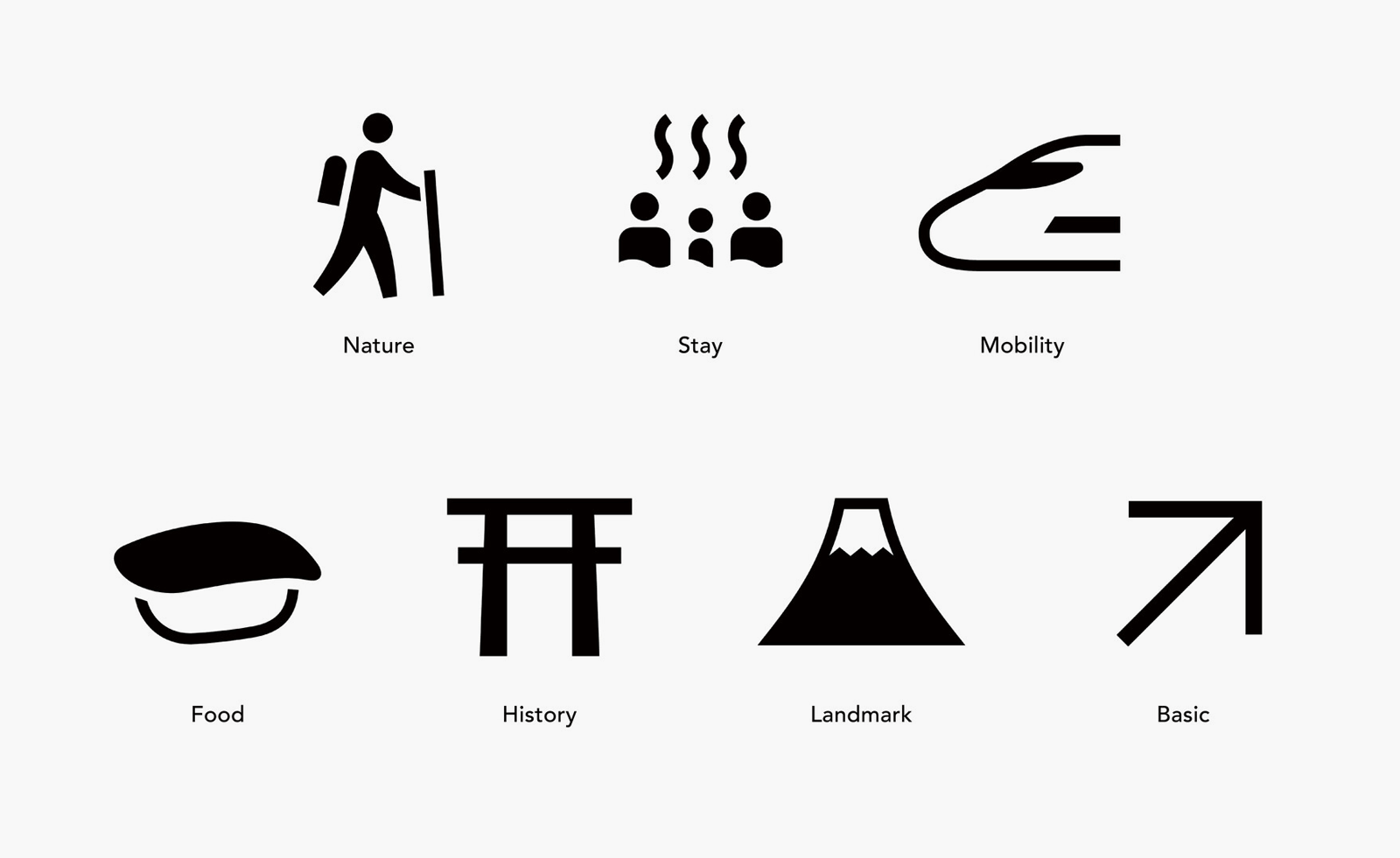 Get the picture? A new exhibition explores the beautiful simplicity of Japanese pictograms
Get the picture? A new exhibition explores the beautiful simplicity of Japanese pictogramsThe simple, minimalist forms of a pictogram are uniquely Japanese, as new exhibition 'Pictograms: Iconic Japanese Designs' illustrates
-
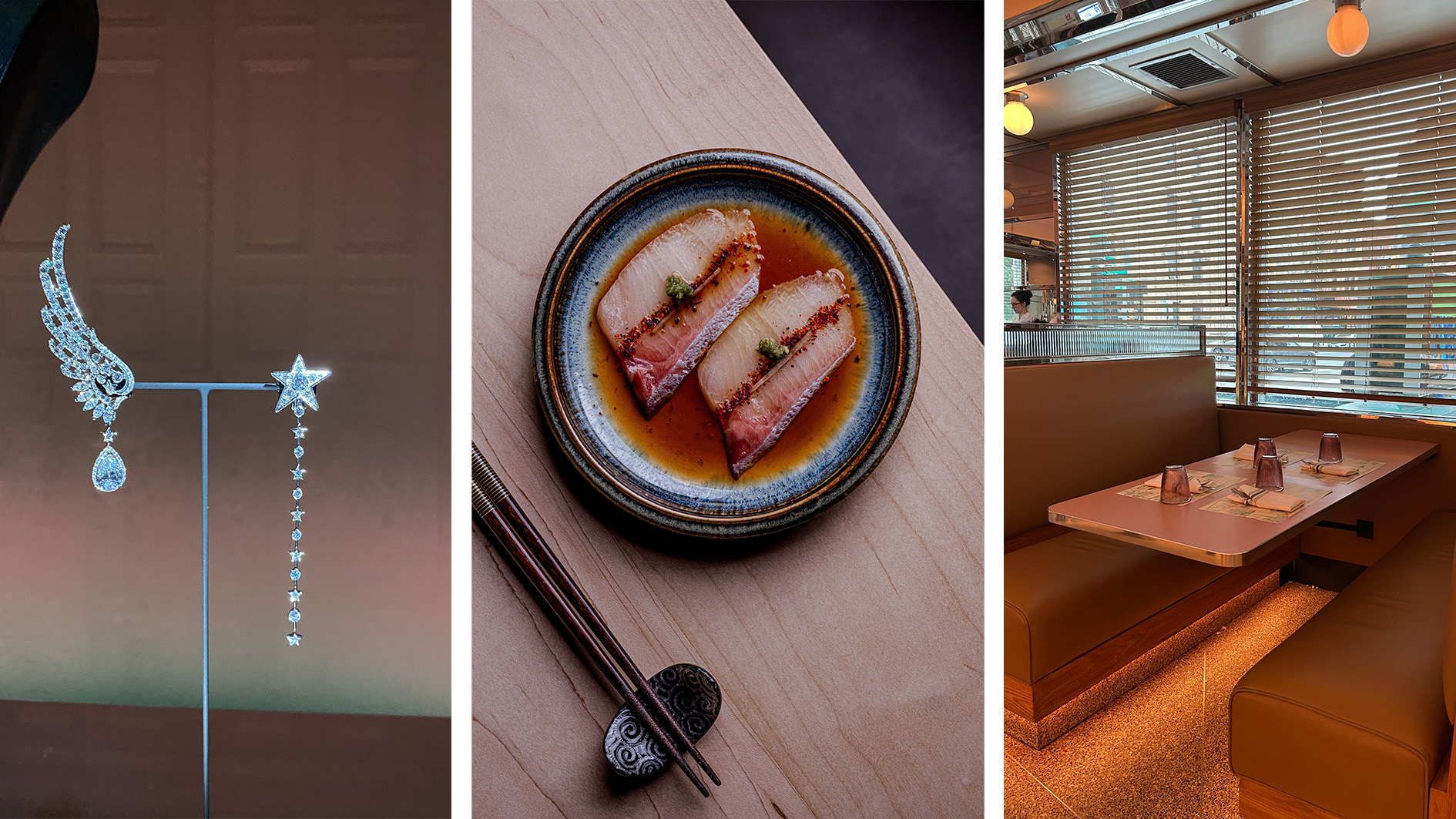 Out of office: the Wallpaper* editors’ picks of the week
Out of office: the Wallpaper* editors’ picks of the weekIt was a jam-packed week for the Wallpaper* staff, entailing furniture, tech and music launches and lots of good food – from afternoon tea to omakase
-
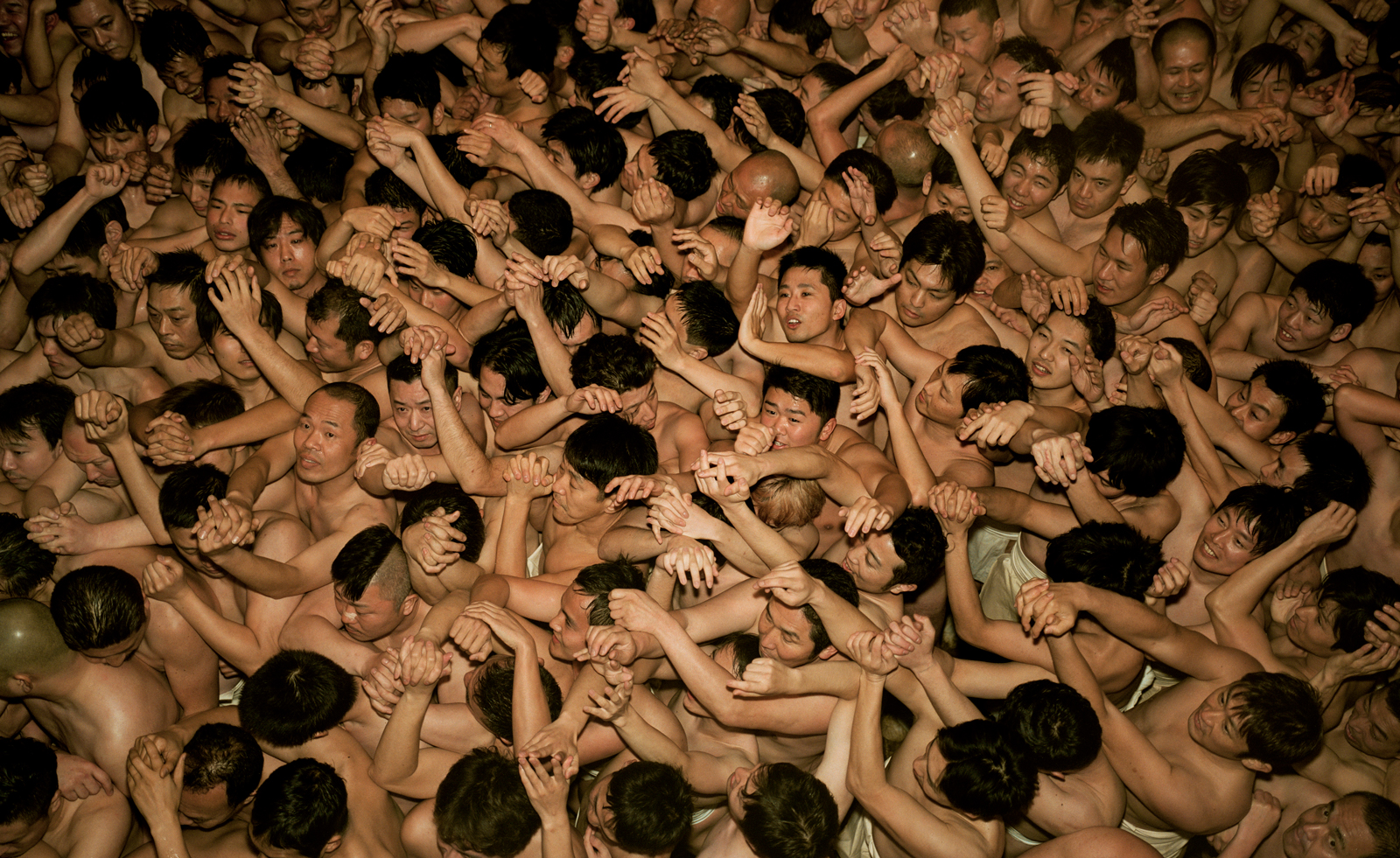 Inside Kyotographie, Japan’s world-renowned photography festival
Inside Kyotographie, Japan’s world-renowned photography festivalKyotographie 2025 embraces the theme ‘Humanity’ in Kyoto – Amah-Rose Abram reports with the highlights, from major and emerging photographers
-
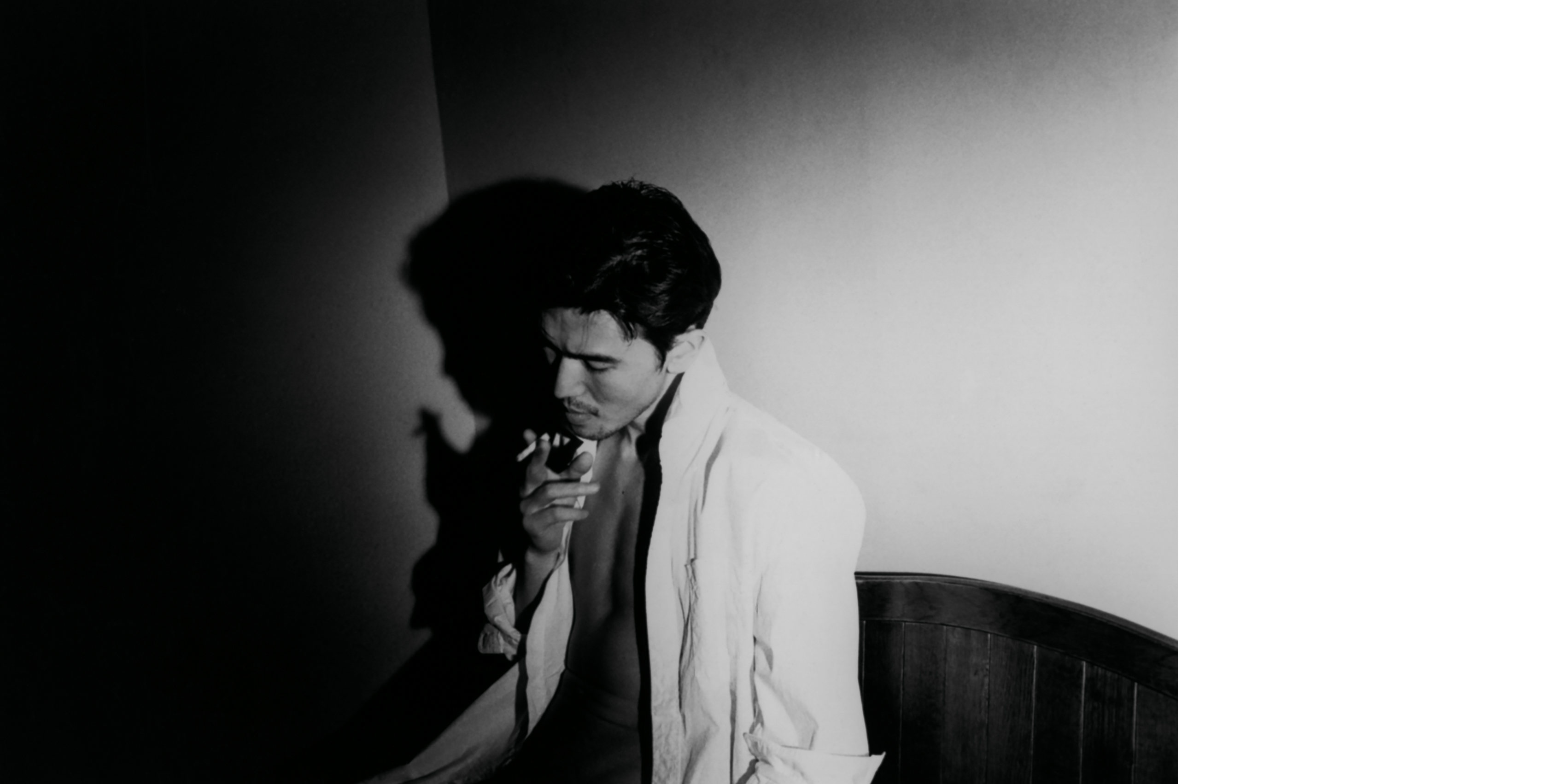 'I’m So Happy You Are Here': discover the work of Japanese women photographers
'I’m So Happy You Are Here': discover the work of Japanese women photographersSubtitled ‘Japanese Women Photographers from the 1950s to Now’, this new monograph from Aperture is a fascinating insight into a critically overlooked body of work
-
 Deathmatch wrestling’s behind-the-scenes moments and bloody glory
Deathmatch wrestling’s behind-the-scenes moments and bloody gloryA new limited-edition book explores the intersection between art and deathmatch wrestling at a sold-out show held in Tokyo
-
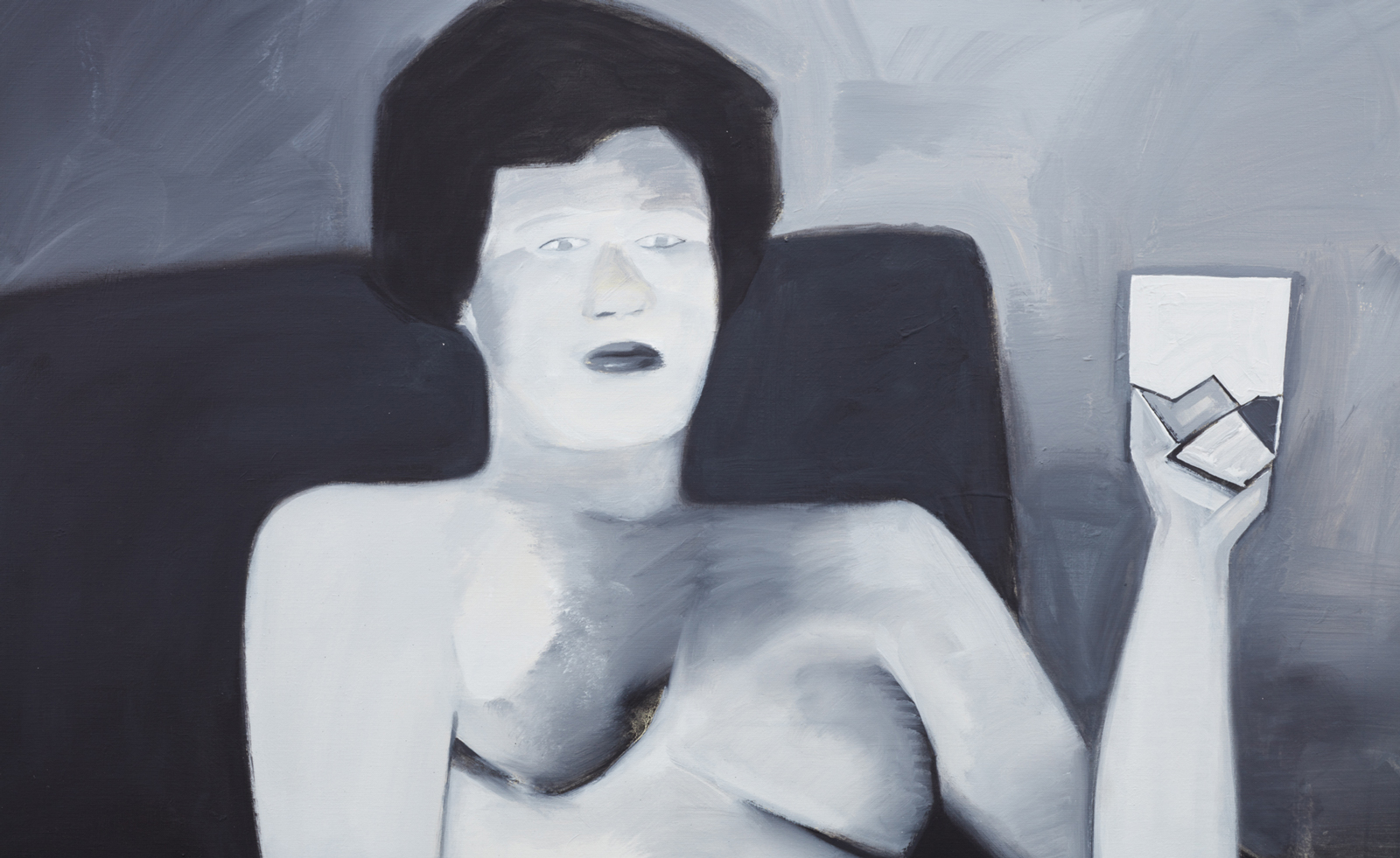 BLUM marks 30 years of Japanese contemporary art in America
BLUM marks 30 years of Japanese contemporary art in AmericaBLUM will take ‘Thirty Years: Written with a Splash of Blood’ to its New York space in September 2024, continuing its celebration of Japanese contemporary art in America